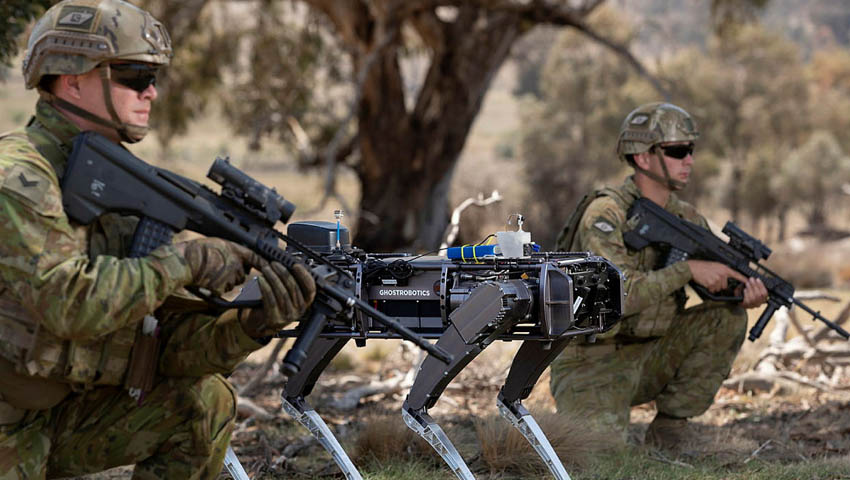Babcock Australasia has announced it will respond to Defence’s call to equip Australian soldiers with next-generation technology, drawing on an extensive network of Australian suppliers to deliver sovereign capability as part of LAND 125 Phase 4.
The LAND 125 Phase 4 project will provide Australian soldiers with “best of breed” products, systems and emerging technology so they can defend the nation armed with the latest, disruptive advances in modern warfare.
Babcock Australasia’s program manager – land, Mick Burgess, announced that expressions of interest to join Babcock’s supplier network for the project are now open.
"We invite suppliers throughout the country to work with us in partnership with Defence, as we bring a new way of working to LAND 125 Phase 4. We want to hear from Australian technology developers and disruptive innovators," Burgess said.
The LAND 125 Phase 4 project will deliver an Integrated Soldier System (ISS) integrating all elements and subsystems that are used, worn or carried by soldiers in any operational context or environment for up to 72 hours without resupply.
The ISS will include robotic and autonomous platforms integrating a wide range of inter-connected technologies including un-crewed ground and aerial systems and self-learning machines.
Burgess added, "As a Defence prime committed to building Australian industry capability, Babcock welcomes submissions from suppliers as well as existing partners as we bring together the best technology that Australia has to offer to achieve a common goal. Collaboration is the key as we work together to equip Australian soldiers for the future."
Delivering an agile and responsive sovereign capability is central to Babcock’s AIC plan for the LAND 2097 Phase 4 Special Forces Helicopter project and the JP 9101 Enhanced Defence High Frequency Communication System program, with all partners selected specifically for reliability, flexibility, cost-effectiveness and their IP expertise.
"Babcock is at the forefront in having the supplier networks, the experience and the capacity to deliver this long-sought after capability, which will maximise soldier performance both individually and in small teams," Burgess explained.
"In partnership with Defence, Babcock bring extensive, proven expertise in asset management and technology integration to the LAND 125 Phase 4 project, delivering an Integrated Soldier System to equip Australian soldiers now and into the future."
LAND 125 is a multi-phase program dedicated to equipping the Australian Defence Force soldiers with advanced gear and equipment that meet the modern combat requirements and provide advanced features such as decreased detectability, enhanced protection and other improvements that increase the survivability and efficiency of the personnel in the modern battlefield.
The LAND 125 Phase 4 project will deliver a range of Defence Field Equipment items to address obsolescence issues and capability gaps within current equipment and deliver upgrades to meet emerging threats. The proposed program of upgrades and enhancements to field equipment will require a new prime vendor engagement model through a standing offer arrangement that will support this ongoing requirement.









